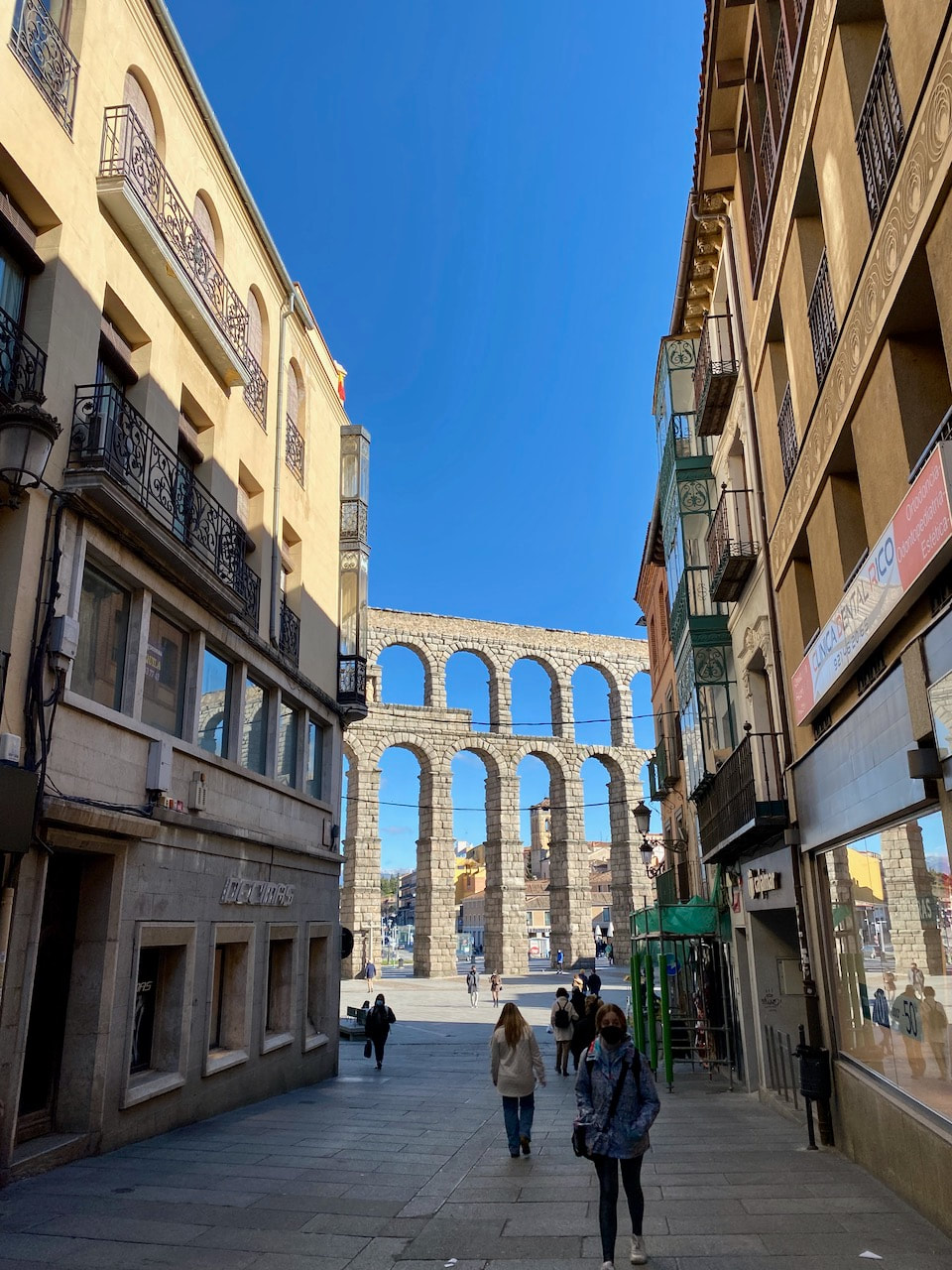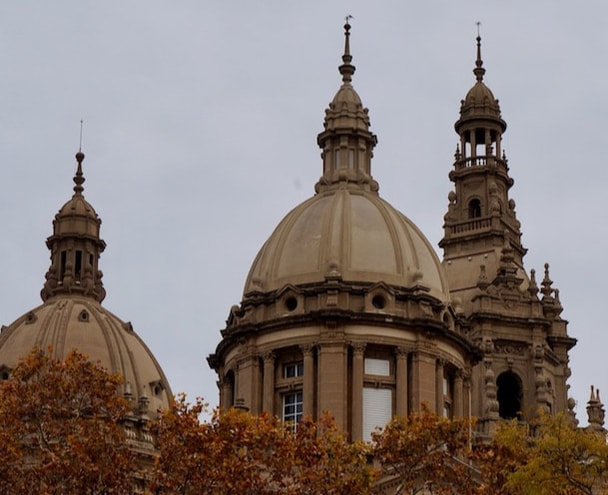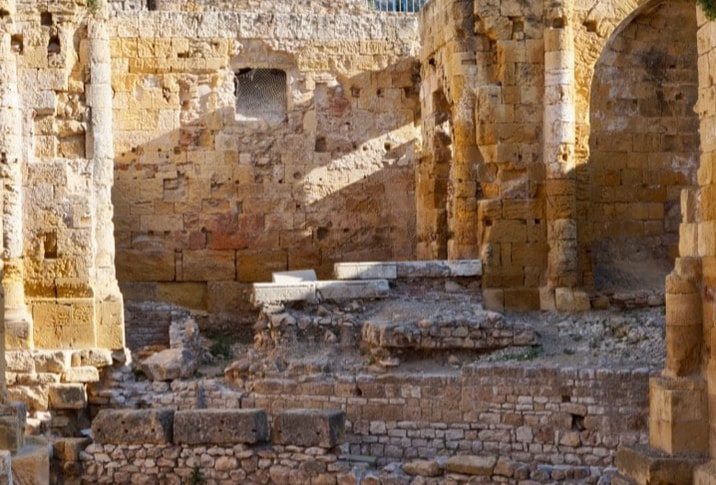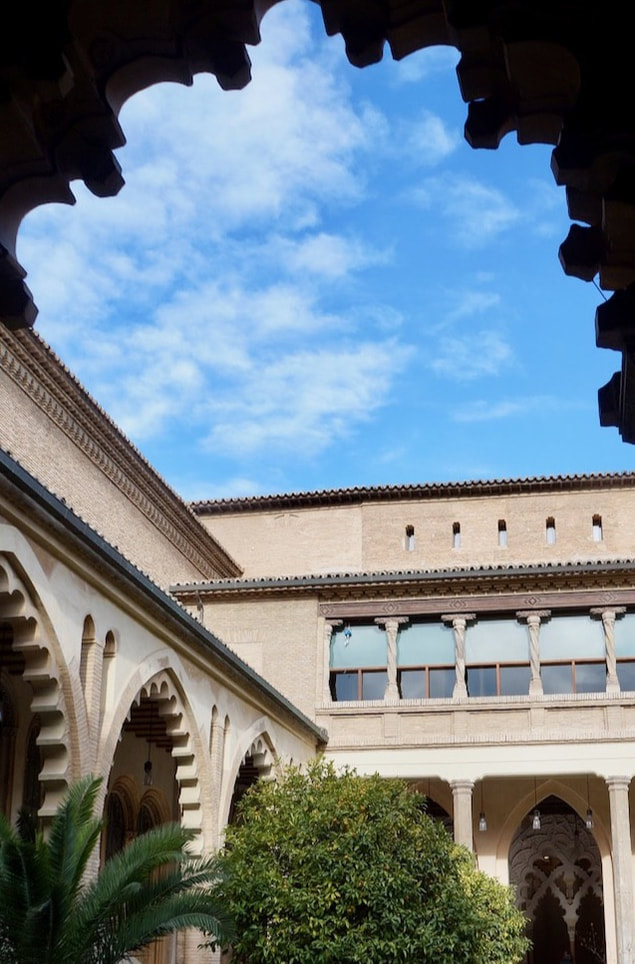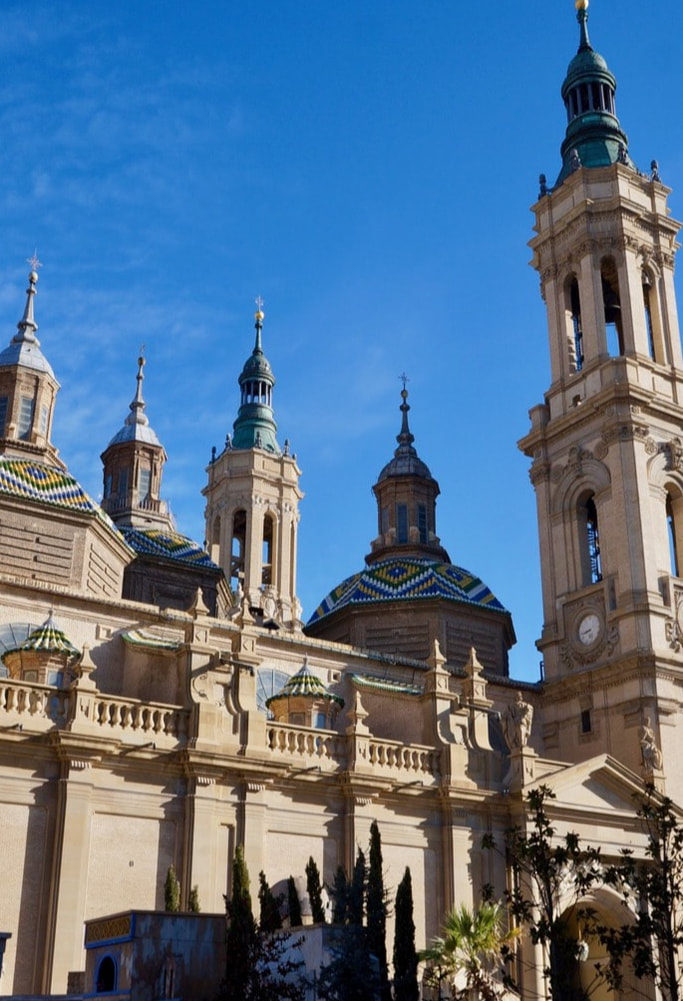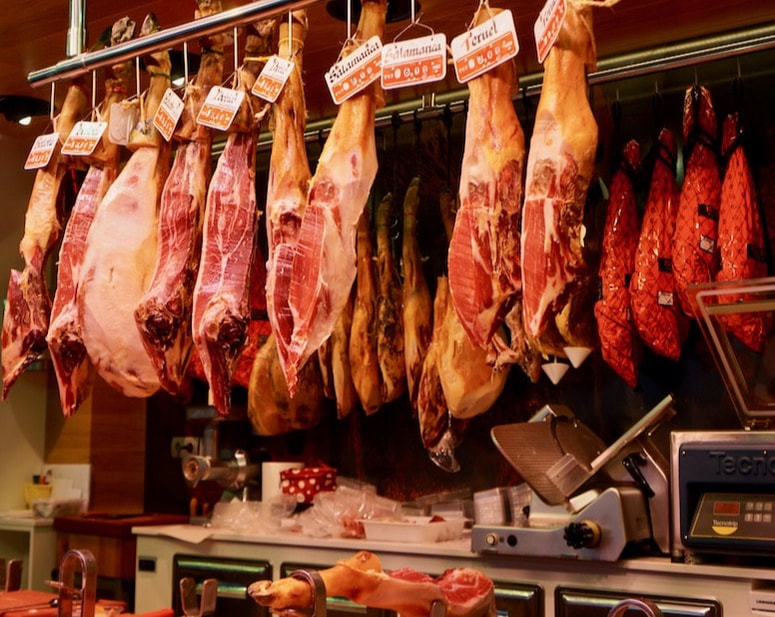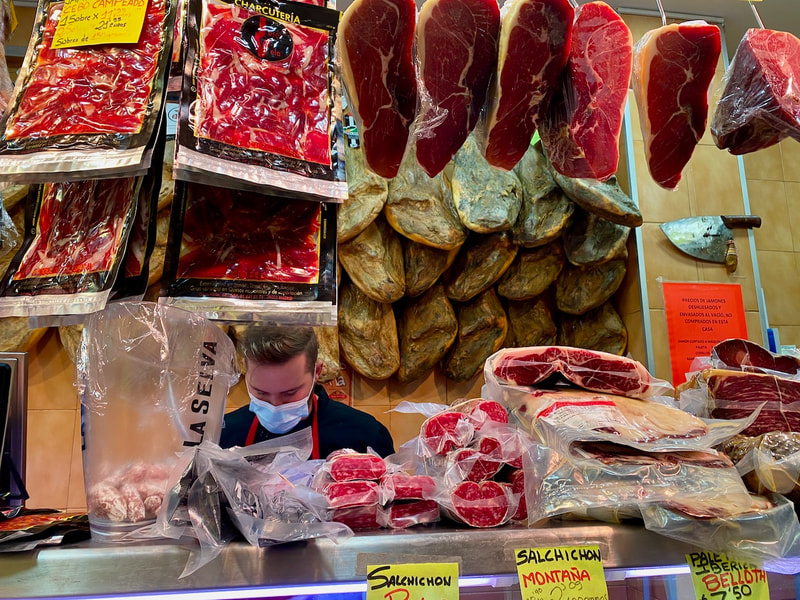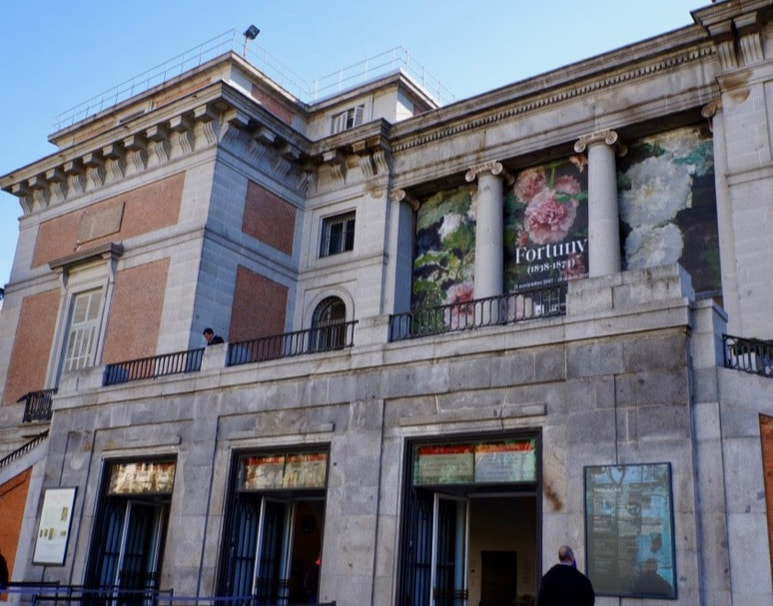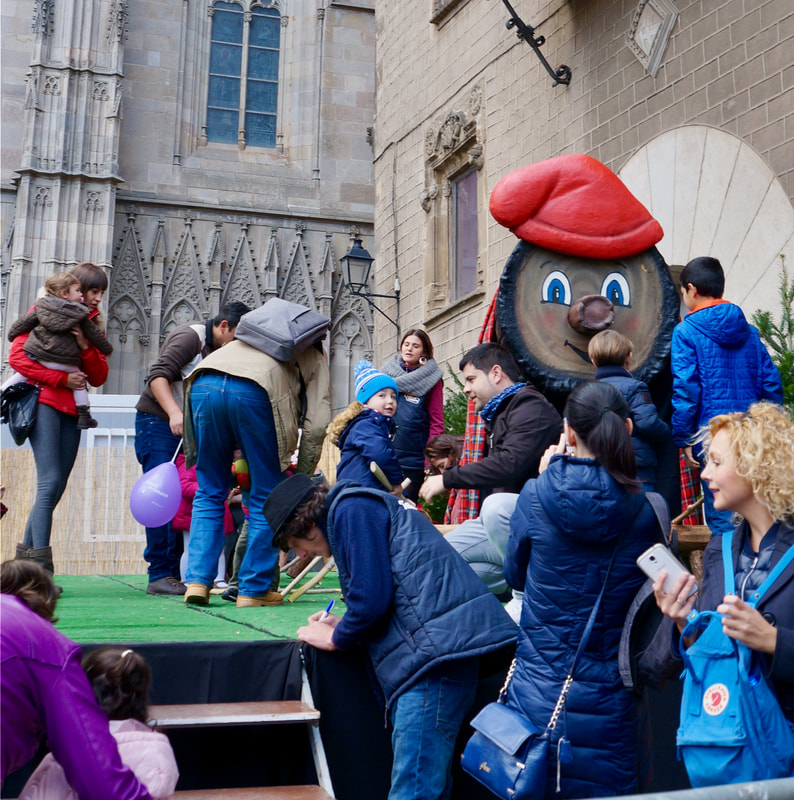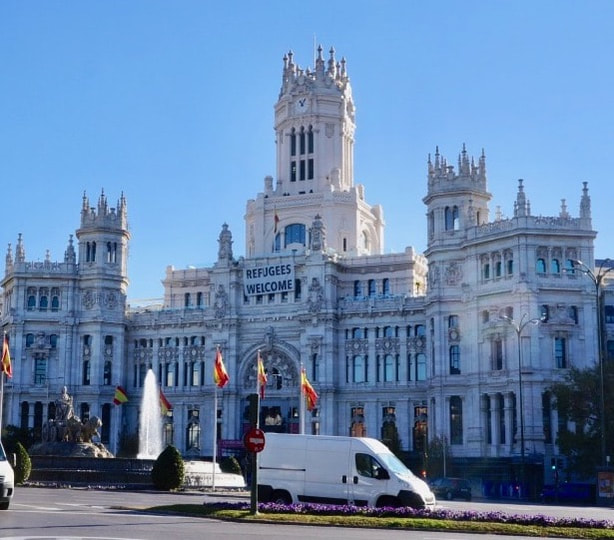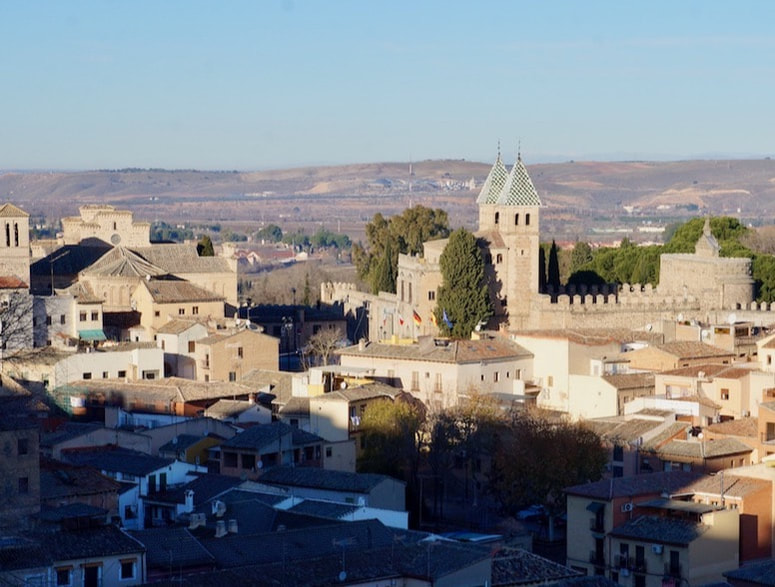8 Reasons to Visit SpainSpain has it all. With Atlantic and Mediterranean beaches, natural parks, the most exciting restaurants and markets, top-notch cuisines, the best wine at affordable prices, architecture, and museums to delight you, book your flight and enjoy these offers.
There is so much to engage any traveler. Today, it has 45 world heritage sites; visiting them will take up most of your time. After visiting Spain's parts we had yet to cover in previous visits, my husband and I spent one winter in Barcelona. Spain has not stopped to delight us no matter how often we have seen it.
The last time we were here in Spain, we visited the Extremadura region and the South, including Seville, Cadiz, Cordoba, Granada, Malaga, and Algeciras. We chose Barcelona, Tarragona, Zaragoza, Madrid, and Toledo this time. What we saw in these places intrigued us, so we started digging into Spain's history, and the more we knew the country, the more fascinated we were.
So, don't hesitate to include Spain in your Europe trip. The topmost is history. However, it is not just history but how history shaped a culture that is interesting and unlike any other in Europe. 8 Reasons to Visit SpainJust 8 for now, and the rest, discover for yourself.
1. Rich History The Romans had it right. Of course, long before the Romans, Spanish tribes thinly spread over the real estate, and individually, they kept attacking the Romans and getting flattened. The Romans saw two things very quickly. Spain could grow the grain, olives, and grapes Rome needed to survive. It was an agricultural wonder. Secondly, when you beat a tribe, it moved elsewhere and left a mass of empty land, so the Romans settled in and built beautiful towns, ports, and outposts, most of which still stood upright and their ruins attracting tourists. Almost immediately after the start of Islam, various Middle Eastern and North African tribes invaded Spain. As the Romans had nearly disappeared as power by then, these invading tribes quickly occupied everything in the South and the right parts in the North.
They added to the Roman legacy with beautiful buildings, an awareness of architecture, and a tolerant culture that seems unmatched in the modern world. The Moorish sites are stunning, giving Spain one of the best two punches in architectural history. Spain then had several kingdoms, with Castille and Aragon as the largest. The two kingdoms merged with Ferdinand and Isabella's marriage, but they kept to their own culture. Navarre, as an example, was influenced mainly by the French. There are now 17 autonomous regions in Spain, each one being different.
Then came the Reconquista, with the Christians throwing out the Moors and the Jews and replacing them with massive churches, convents, and basilicas, squatting on almost every hill. But all these early influences gave Spain all kinds of cultural traits differentiating one region from another. Such diversity is what made Spain more enjoyable to visitors. 2. Awesome Weather
So, in Spain, you have a scattering of almost everything, including great weather and amazing beaches. It's all accessible, reasonably affordable, and, for those who don't like the beach crowd, as long as you don't go near the east coast of Valencia and the south coast, you can avoid the touristic unpleasantness of those who want to have a fun break from work. We spent winter in Barcelona, but the sun shone almost every day that winter seemed so far away. 3. Fantastic Food
With food, Spain now has the most Michelin-starred restaurants in the world. It is no surprise because the fishing villages are busy bringing to the market some of the fresh fish and seafood you have ever tried. There are the tapas and the pintxos which you must try. Don't expect the tapas you've gotten used to in New York or Capetown. When we got our tapas in the home of the tapas, Merida, my husband, and I looked at each other. You still can order the ones you're familiar with:
You have the famous paella you must try in Spain mixed with rice and spices. Know there are so many different kinds, so try as many as possible. The Jamon stands out with names like Iberico, Bellota, and Serrano. The chorizo and Spanish vegetables are genii. Furthermore, Spain has an abundance of "panaderias" and "pastelerias" turning out whatever bread you fancy, cakes, and cookies that will delight your sweetest desires. As food is immensely interesting to many of us, I am adding pictures of my favorites, such as tapas, jamons, and cheeses. 4. Museums
Spain is a place of culture. Museums are fabulous. The Goya in Zaragoza, the Prado in Madrid, the El Greco in Toledo, and the new Frank Gehry creation in Bilbao are topped worldwide. The Prado blew me away with its fabulous collections; many must have come from Spain's Hapsburg connection. The Museum of National Art of Catalonia in Barcelona alone, the Picasso Museum, the Fran Durrell, the Art Nouveau Factory, the Sao Pau Art Nouveau Site, and the Museum in Montserrat, to name a few. 5. Architecture
The architecture is impressive. Just go around Barcelona. You'll find the imagination gone wild of the proponents of Art Nouveau, Gaudi, Montaner, and Puig i Cadafalch, and words like the Mudejar style blend the European and Moorish influences. Of course, there are many Gothic, Romanesque, and Baroque architecture to which Spanish architects add their unique style. 6. Fiestas and Carnivals
Architecture is not the only attraction. The fiestas are full of color, and extraordinarily unique expressions border on bizarre but exciting and memorable things for some people. Every city has its own, and locals enjoy food, drink, and dances. Some of the most famous are:
7. Cultural Diversity
Having been a significant colonizing power in the past, Spain now displays the influences of these various cultures. Find these influences in people, food, traditions, and ways of doing things. Whether you come from Asia, Africa, or the Middle East, you feel at home in this European country. In Spain, there are varied cultures, such as the Andalusian, the Aragonese, the Catalan, the Basque, and the others, all distinctly different.
8. Geographic Diversity
Spain is the second most mountainous country in Europe (next to Switzerland), with the Sierra Madre in the South and the Pyrenees and Picos de Europa in the North; it has the only desert in Europe, the Cabo de Gaia in Almeria, and the Mount Teide Volcano in Tenerife. Spain's geographic diversity also offers magic to travelers: the mountains with snow when we drove from Madrid to Porto, the beaches you still can enjoy even in November, the rich agricultural land, the orchards, and the vineyards. Each one offers a beautiful vista when you drive to different places in the country. For adventure, traverse the world's scariest footpath, the Camino del Rey, which features a cliff face boardwalk that hangs 100 meters above the Guadalhorce River. Initially, to connect the two waterfalls for hydroelectric power, it starts in the village of El Chorro in southern Malaga. Transport in Spain is easy and parking, as long as you're willing to pay, is close to most attractions. We have driven from Barcelona to Zaragoza, Madrid, Toledo, Avila, and back and have had no parking problems.
On our own, we took the train from Barcelona to Montserrat, and it was stress-free, with signs and assistance all the way. The country is safe by having the smallest police car that can pop up anywhere, featuring the loudest klaxon siren in the known world. Criminals give up immediately, pleading with the police to turn off the noise. For more on Spain, check out:
|
|
